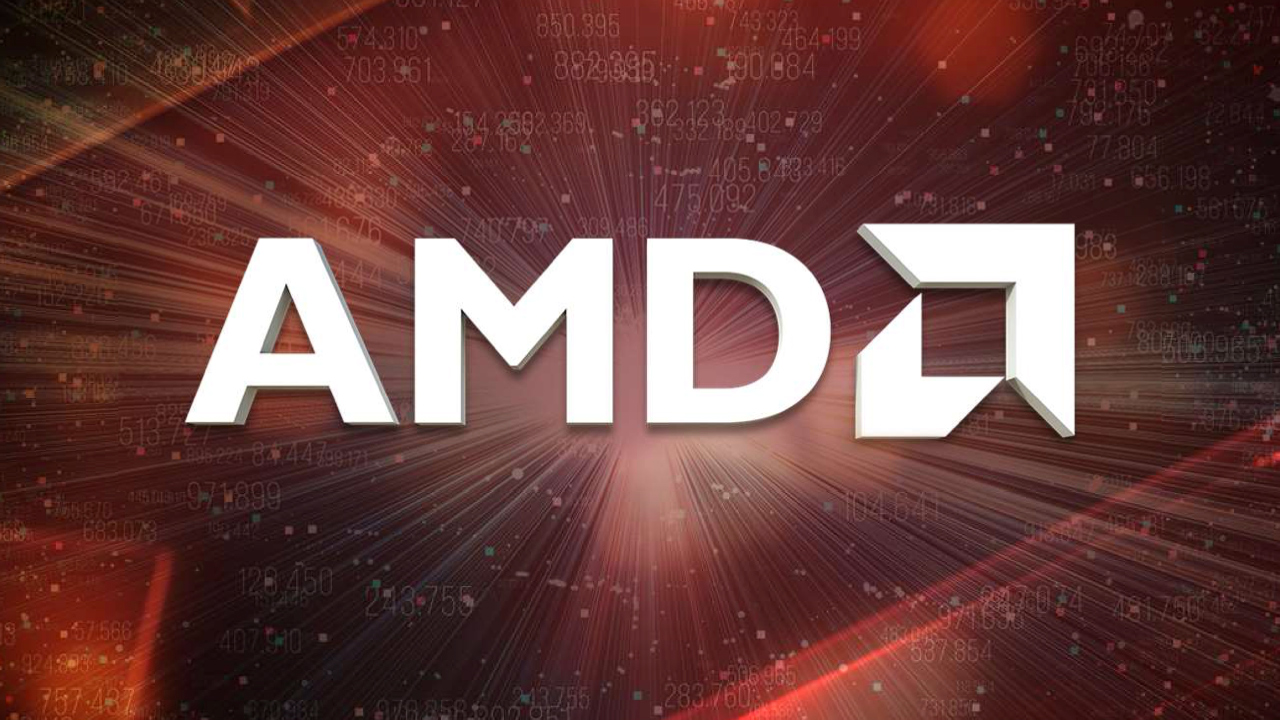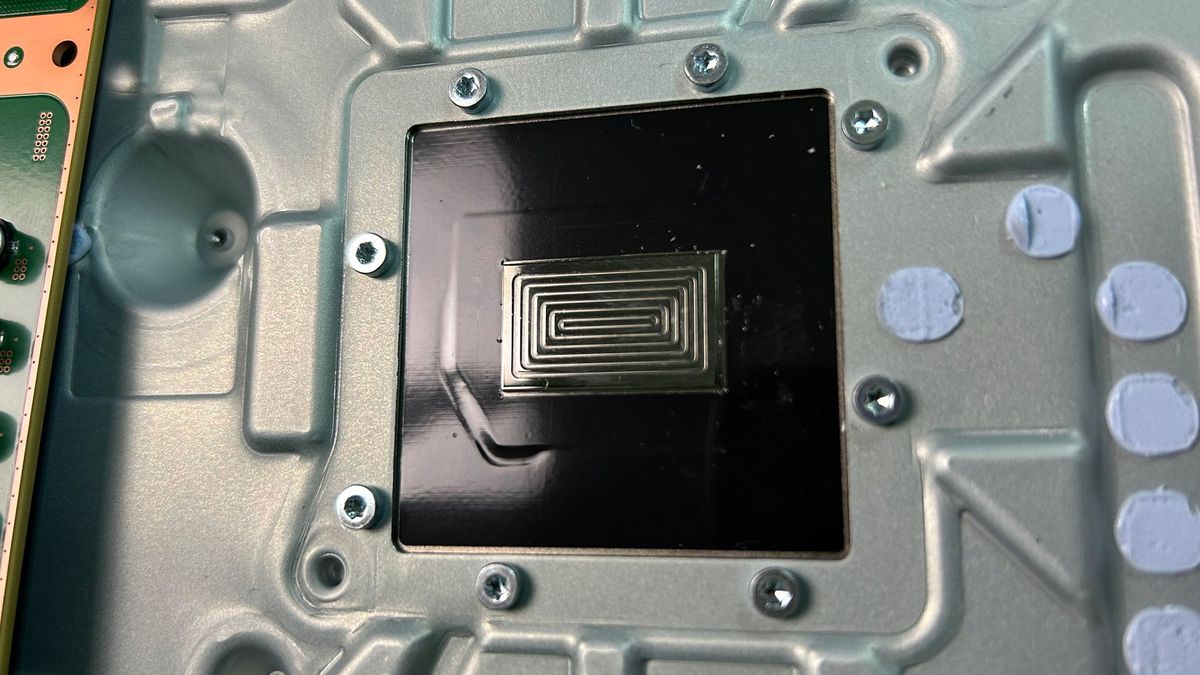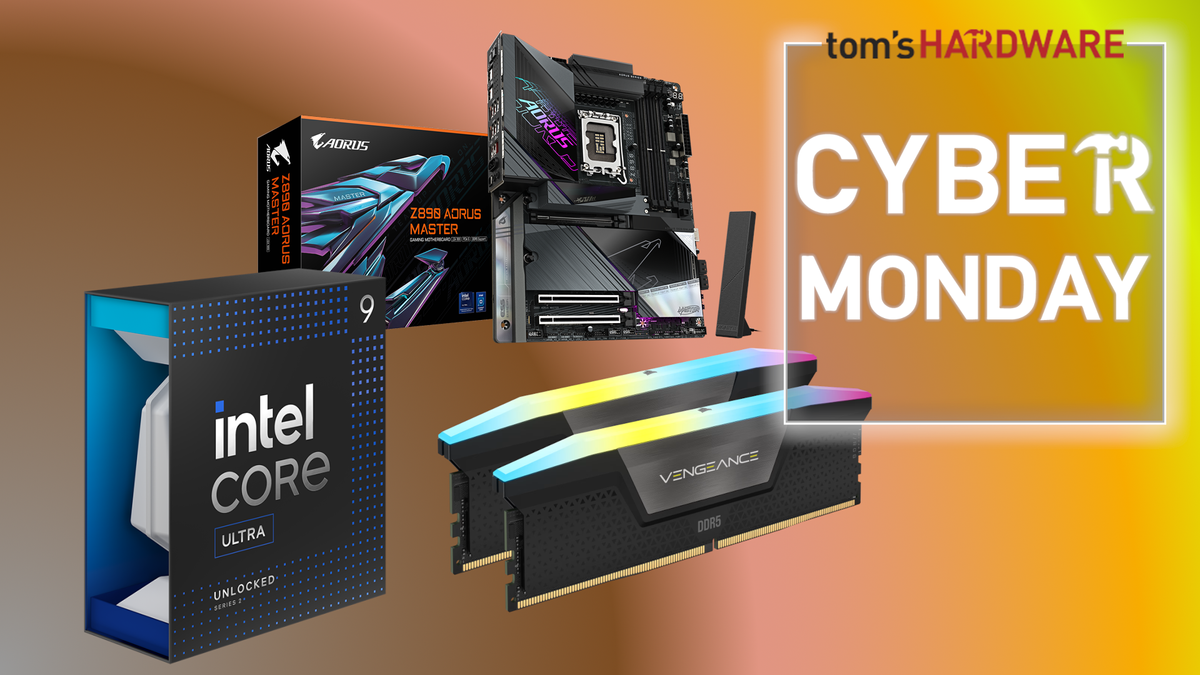AMD has commented on the leak of its FSR 4 source code along with the release of its new FidelitySDK earlier this week, confirming that it was indeed accidental. It has since pulled the files down from the GPUOpen Github, but that may not matter. When they were originally released, it was under the MIT license, effectively allowing anyone who downloaded them to use, copy, or modify them as they wish. Taking the files down doesn't change the license, it merely prevents others from downloading the files.
On August 20 AMD updated its FidelitySDK on Github, adding support for FSR 4 and FSR 3.1.5 frame generation. This is the toolset used by game developers to add FSR upscaling and other related technologies to their games. AMD also plans to use this as the base for future machine learning neural rendering technologies, including FSR Redstone.
So, I just got an update from @AMD and @GPUOpen about the FSR4 situation that occurred yesterday (8/20/25) with FSR4's Github repo debacle...AMD's Official Statement:Some of our development code was posted on GPUOpen GitHub in error. It has since been taken down.August 21, 2025
Although AMD swiftly deleted the files when it realised the error, it was far too late to undo the damage. VideoCardz and various Github members grabbed screenshots of the files, and other members made forks of their own, essentially securing those files as publicly available in perpetuity. Since those files were released under the permissive MIT license, too, there's not much AMD can do to pressure anyone to take them down.
This is quite a problem for AMD, which made the decision to keep FSR 4 proprietary and internal. This marked a stark change from previous versions of FSR, which were all released under an open source license. While FSR 4 wasn't, that doesn't really matter now, because it's publicly available anyway.
Although AMD's upscaling solutions are not quite as impressive as Nvidia's, and therefore this is unlikely to give its competition any real leg up, it's still not good for AMD which may have been keeping some parts of how its system works secret. Indeed, analysis of the files has revealed AMD was working on a version of FSR 4 that could have worked with RDNA3 GPUs, opening them up for frame generation and the more advanced algorithm that AMD uses in its latest upscaler. Unfortunately, the project hasn't been completed and it's not clear how far along AMD was with it before this accidental release.
Follow Tom's Hardware on Google News to get our up-to-date news, analysis, and reviews in your feeds. Make sure to click the Follow button.

 3 months ago
58
3 months ago
58






 English (US) ·
English (US) ·